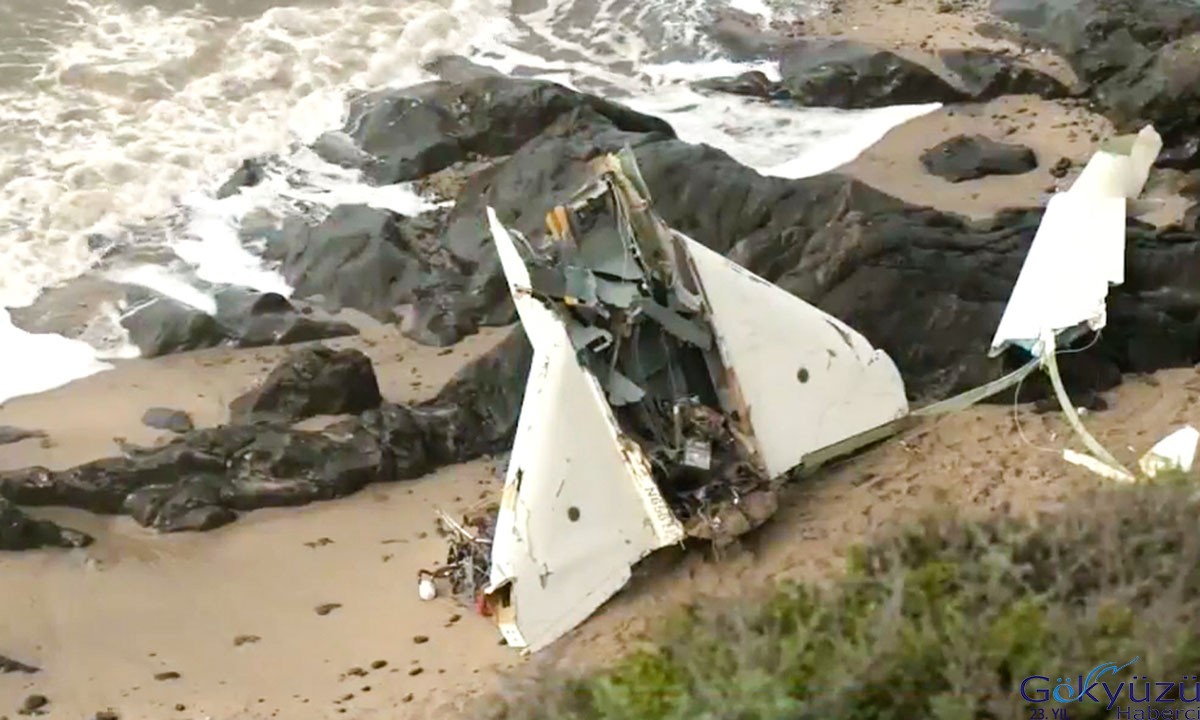Boeing ‘Confident’ in Smooth 777X Transition

Boeing CEO Jim McNerney seized the chance to impress upon securities analysts on Wednesday his confidence in his company’s ability to execute a smooth transition between production of the current 777 line and the 777X around the turn of the decade. Now delivering 8.3 of its flagship widebodies a month, Boeing expects some “feathering” of production once it approaches the point at which it fully integrates the 777X, said McNerney. Speaking during his company’s first quarter earning conference call, he also conceded the potential for some “pricing pressure” resulting from the introduction of the Airbus A350. Nevertheless, he stressed that the existence of a strong “pipeline” of what he called some of the biggest and most loyal customers in the Boeing stable will ensure that the manufacturer’s plan for the 777 will proceed with little or no interruption in the flow of deliveries.
“Where do we get that confidence?” asked McNerney rhetorically. “It’s in airplanes sold to date, it’s in proposals accepted, it’s in campaigns that are ongoing today where, as in the case with [Japanese 777 customer] ANA, we’re selling both 777-300ERs as well as 777Xs. The requirement versus the alternatives still is favorable…There will be some pricing pressure associated with that…which is why the most aggressive productivity program we have right now in our factory is in the 777 model.”
McNerney added that Boeing won’t begin delivering the airplane that directly replaces the 777-300ER, namely the 777-8X, until some two years after it introduces the larger 777-9X in 2020. “There is plenty of running room where [customers] can reap the economics of the base 777 in conjunction with buying 777Xs,” he said. “So it looks good as we talk to our customers…
“The pipeline gives us comfort…These are not discussions that are happening in a vacuum. These are with people that have both additional 777 needs in the medium term and then longer term would need the new model to significantly increase performance and productivity for themselves.”
McNerney further emphasized the existence of a large “overhang” of order options and other forms of commitments, quite apart from a firm order backlog that fills virtually all delivery slots into 2017.
McNerney’s comments came as Boeing announced what it termed strong first quarter results for its Commercial Airplanes division, which posted $12.7 billion in revenue on higher 787 and 737 deliveries. First-quarter operating margin improved to 11.8 percent, reflecting the delivery volume and mix and lower period costs partially offset by higher research and development costs.
During the quarter, the 787 program reached a 10 per month production rate and completed preliminary design review on the 787-10. The company selected the Everett, Washington site as the location for a new composite wing center for the 777X. In April, the 737 program reached a production rate of 42 per month.
Commercial Airplanes booked net orders for 235 airplanes during the quarter. The division’s total backlog stands at 5,100 airplanes valued at $374 billion.












